
What are the Methods used by Plants to get Rid of Excretory Products
4 Important Methods used by Plants to Get Rid of Excretory Products
Gaseous Waste Products
Liquid Waste Products
Solid Waste Products
Other Useful Plant Wastes
CBSE Class Notes Online – Classnotes123
CBSE Class Notes, Worksheets, Question Answers, Diagrams , Definitions , Diffrence between , Maths Concepts, Science Facts Online – Classnotes123
Basic Concepts of Science explained with their definition, Mechanism, structure, location, significances, functions ,uses explained with examples , diagrams and experiments.

4 Important Methods used by Plants to Get Rid of Excretory Products
Gaseous Waste Products
Liquid Waste Products
Solid Waste Products
Other Useful Plant Wastes

3 Major Steps of Photosynthesis
Absorption
Conversion
Reduction
Steps of Photosynthesis in Light Dependent and Light Independent Phase (Calvin Cycle) …

Define Placenta Placenta is the temporary organ for a baby’s life-support system.It contains tiny blood vessels from the fetus that pass close to the mother’s blood vessels, without the blood …
What is Placenta – Class 10th Read More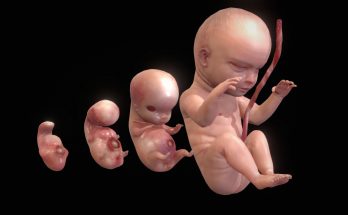
The placenta is a disc-like tissue that develops between the uterine wall and embryo allowing the diffusion of nourishment from the mother’s blood to the growing fetus and waste disposal from the fetus to the mother. It receives oxygen, glucose, amino acids, lipids, vitamins, mineral ions and antibodies from the mother’s blood and removes carbon dioxide and urea from the fetal blood. The umbilical cord containing blood vessels connects the placenta to the fetus. It aloows the exchange of nutrients and waste products.
How does the Embryo get Nourishment Inside the Mother’s Body Read More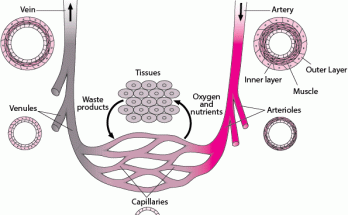
Blood vessels are the intricate network of tubes that transport blood throughout the body. This article provides an overview of the different types of blood vessels – arteries, veins and capillaries, list of blood vessels entering and leaving the heart, liver, and kidney, functions, layers and blood pressure regulation of blood vessels. Additionally, common diseases and disorders of blood vessels such as atherosclerosis, hypertension and varicose veins are described with their causes, symptoms, and treatments.
Blood Vessels -Definition , Types, Functions, Layers, Blood Pressure , Diseases and Disorders Read More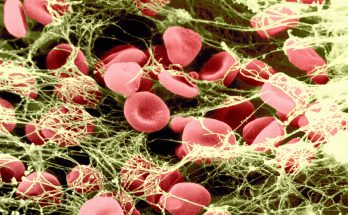
3 Steps of Maintenance By Platelets to form a Clot
Adhesion
Activation
Aggregation
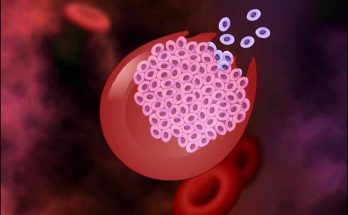
Multiple fission is a form of asexual reproduction observed in some unicellular organisms like Plasmodium, algae and some protozoans. This process involves the repeated division of the nucleus of a single parent cell, producing numerous identical daughter cells.Each daughter cell is encased in its own membrane. Multiple fission is a rapid process occurring during unfavourable conditions, increasing chances of survival and reproduction of organisms.
Multiple Fission – Definition, How does it occur ,Examples Read More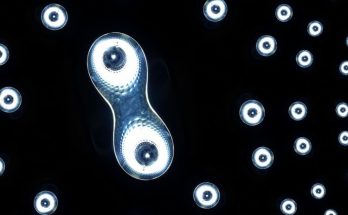
Binary fission is a type of Asexual Reproduction in which a single organism divides into two equal parts, each carrying one copy of the Genetic Material. This process is commonly found in single-celled organisms such as bacteria, archaea and some protozoa. Binary fission allows these organisms to reproduce quickly and efficiently without the need for a mate or Sexual Reproduction.
Binary Fission Read More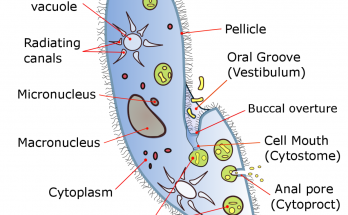
Paramecium, a tiny unicellular animal, feeds on microorganisms through holozoic nutrition. It has cilia to engulf food through the oral groove. The five steps are ingestion, digestion, absorption, assimilation and egestion. Paramecium can regulate food intake and selectively choose its food. It is a model organism for the study of nutrition in unicellular organisms.
Nutrition in Paramecium – Class 10 Read More
Digestive glands are organs that produce digestive juices to help break down food and absorb nutrients. There are five main types of digestive glands in the human body: salivary glands, gastric glands, pancreas, liver and intestinal glands. Each gland has a specific function in the digestive process, such as producing enzymes or regulating blood sugar levels. Understanding the functions of these glands is essential for maintaining a healthy digestive system.
Digestive Glands – Definition , Types and Functions Read More